Nếu còn mắc nhiều lỗi sai khi làm IELTS reading, việc dành thời gian phân tích và đọc giải thích trong các bài giải đề Cam 19 Test 3: Passage 3 – Is the era of artificial speech translation upon us? dưới đây sẽ giúp các bạn nâng cao thần tốc kỹ năng Reading của mình trong thời gian ngắn. Đây cũng là nguồn đề sát với đề thi thật nhất trong vô số các tài liệu hiện nay

A. Đáp án
| Câu 27: D |
Câu 31: C | Câu 35: NO | Câu 39: NOT GIVEN |
| Câu 28: A | Câu 32: E | Câu 36: YES | Câu 40: YES |
| Câu 29: C | Câu 33: F | Câu 37: NO | |
| Câu 30: B | Câu 34: B | Câu 38: NOT GIVEN |
B. Giải thích đáp án đề Cam IELTS 19, Test 3, Reading Passage 3
| Câu hỏi + Đáp án | Bài đọc |
|
Câu 27: What does the reader learn about the conversation in the first paragraph? A The speakers are communicating in different languages. B Neither of the speakers is familiar with their environment. C The topic of the conversation is difficult for both speakers. D. Aspects of the conversation are challenging for both speakers. Đáp án: D Giải thích: A. 2 người đang trò chuyện cùng ngôn ngữ – Chỗ “ If you are speaking the same language, as we are (nếu bạn nói cung ngôn ngữ – như chúng tôi nè) |
Noise, Alex Waibel tells me, is one of the major challenges that artificial speech translation has to meet. A device may be able to recognise speech in a laboratory, or a meeting room, but will struggle to cope with the kind of background noise I can hear in my office surrounding Professor Waibel as he speaks to me from Kyoto station in Japan. I’m struggling to follow him in English, on a scratchy line that reminds me we are nearly 10,000 kilometers apart — and that distance is still an obstacle to communication even if you’re speaking the same language, as we are. We haven’t reached the future yet. 1 we had, Waibel would have been able to speak more comfortably in his native German and I would have been able to hear his words in English. |
| Câu 28: What assists the electronic translator during lectures at Karlsruhe Institute of Technology?
A. the repeated content of lectures B. the students’ reading skills C. the languages used D. D the lecturers’ technical ability =>A. Thông tin q28 bắt đầu từ sau chữ “Helps = Assists”, và thông tin phù hợp nhất để chọn là “much the same thing each year = repeated content of lectures (giảng đi giảng lại cùng nội dung”)
|
At Karlsruhe Institute of Technology, where he is a professor of computer science, Waibel and his colleagues already give lectures in German that their students can follow in English via an electronic translator. The system generates text that students can read on their laptops or phones, 50 the process is somewhat similar to subtitling. It helps that lecturers speak clearly, don’t have to compete with background chatter, and say much the same thing each year. |
| Câu 29: When referring to The Hitchhiker’s Guide to the Galaxy, the writer suggests that
A. the Babel fish was considered undesirable at the time. B. this book was not seriously intending to predict the future. C. artificial speech translation was not a surprising development. D some speech translation techniques are better than others. Đáp án: C Giải thích: A. Có nhắc tới “Babel fish” nhưng không nhắc tới “”Undesirable – Không mong muốn, mang ý chê bai” |
‘The idea of artificial speech translation has been around for a long time. Douglas Adams’ science fiction novel, The Hitchhiker’s Guide to the Galaxy, published in 1979, featured a life form called the “Babel fish” which, when placed in the ear, enabled a listener to understand any language in the universe. It came to represent one of those devices that technology enthusiasts dream of long before they become practically realizable, like TVs flat enough to hang on walls: objects that we once could only dream of having but that are now commonplace. Now devices that look like prototype Babel fish have started to appear, riding a wave of advances in artificial translation and voice recognition. |
| Câu 30: What does the writer say about sharing earpieces?
A.It is something people will get used to doing. B. The reluctance to do this is understandable. C. The equipment will be unnecessary in the future. D. It is something few people need to worry about. Đáp án: B Phù hợp về mặt nghĩa – “Có rào cản (vấn đề) trong việc chia sẻ tai nghe với người lạ – Và điều này “không thể không ngờ tới (Cant + Unexpected) = Có thể ngờ tới ( Understandable)” |
For a conversation, both speakers need to have devices called Pilots (translator earpieces) in their ears. ‘We find that there’s a barrier with sharing one of the earphones with a stranger,” says Ochoa. That can’t have been totally unexpected. The problem would be solved if earpiece translators became sufficiently prevalent that strangers would be likely to already have their own in their ears. |
|
Câu 31: Speech translation methods are developing fast in Japan => C: Phù hợp về keywords: “Take off in Japan = Developing fast” , “There is still a long way to go (Còn xa |
Waibel highlights the significance of certain Asian nations, noting that voice translation has really taken off in countries such as Japan with a range of systems. There is still a long way to go, though. A translation system needs to be simultaneous, like the translator’s voice speaking over the foreign politician being interviewed on the TV, rather than in sections that oblige speakers to pause after every few remarks and wait for the translation to be delivered. It needs to work offline, for situations where internet access isn’t possible, and to address apprehensions about the amount of private speech data accumulating in the cloud, having been sent to servers for processing. |
| Câu 32: TV interviews that use translation voiceover methods are successful
=> E:Phù hợp về keywords: Voice over, Interview, TV, “Simultaneous (Cùng lúc, Đồng thời) = Immediate |
|
| Câu 33: Future translation systems should address people appropriately
=> F:Đại ý: Hệ thống Dịch phải biết về mặt xã hội (Socially aware)- như tôn trọng chức vụ học giả (Để có |
Systems not only need to cope with physical challenges such as noise, they will also need to be socially aware by addressing people in the right way. Some cultural traditions demand solemn respect for academic status, for example, and it is only polite to respect this. Etiquette-sensitive artificial translators could relieve people of the need to know these differing cultural norms. At the same time, they might help to preserve local customs, slowing the spread of habits associated with international English, such as its readiness to get on first-name terms. |
| Câu 34: Users may be able to maintain their local customs
=> B Phù hợp keywords “Relieve pp of the need to know these different cultural norms ~ not need to conform to standard practices”, “Preserve local custom = Maintain local customs (bảo tồn phong tục) Đại ý: Hệ thống Dịch sẽ “thực hiện mọi tác vụ về ngôn ngữ” -> Người dùng không phải học về những tiêu chuẩn văn hóa (cultural norms) đi kèm với việc học ngôn ngữ khác, Vd: Việc sắp xếp tên như trong ngôn ngữ Anh (first-name terms) -> Có thể duy trì văn hóa của mình.. |
|
| Câu 35: Language translation systems will be seen as very useful throughout the academicand professional worlds.
=> No: Theo như trong bài, hệ thống Dịch Thuật này chỉ như là thiết bị gia đình (domestic devices), còn về các khía cạnh khác như học thuật (academic) và chuyên gia (professional) thì không quá quan trọng. |
At this stage, however, they seem to be regarded as eye-catching novelties rather than steps towards what Waibel calls “making a language-transparent society”. They tend to be domestic devices or applications suitable for hotel check-ins, for example, providing a practical alternative 0 speaking a traveler’s English. The efficiency of the translator is less important than the social function. However, ‘Professionals are less inclined to be patient in a conversation, founder and CEO at Waverly Labs, Andrew Ochoa, observes. To redress this, Waverly is now preparing a new model for professional applications… |
| Câu 36: The overall value of automated translation to family life is yet to be shown
=> Yes: Lưu ý keywords “ Open to question (Còn để ngỏ, còn là 1 câu hỏi) = Yet to be shown ( Chưa được làm rõ”) |
Professors and other professionals will not outsource language awareness to software, though. If the technology matures into seamless, ubiquitous artificial speech translation, it will actually add value to language skills. Whether it will help people conduct their family lives or relationships is open to question — though one noteworthy possibility is that it could overcome the language barriers that often arise between generations after migration, leaving children and |
| Câu 37: Automated translation could make life more difficult for immigrant families
=> No: Lưu ý keywords “Migration (Di cư) ~ Immigrant (Nhập cư)”. Mâu thuẫn keywords “ Overcome the language barriers (Vuợt qua rào cản ngôn ngữ >< Make life more difficult” Đại ý: Máy dịch thuật sẽ phá bỏ rào cản ngôn ngữ ở các gia đình nhập cư ( làm cuộc sống dễ dàng hơn) |
|
| Câu 38: Visual aspects of language translation are being considered by scientists.
=> NG: Không nhắc đến thông tin “Visual aspects” trong bài. Chỗ thông tin gây nhầm lẫn “Look like they are in a dubbed movie có ý như sau: Máy dịch không thể tự nhiên như người, dù dịch đúng, nhưng môi sẽ không khớp, và trông như xem phim lồng tiếng vậy. |
Whatever uses it is put to, though, it will never be as good as the real thing. Even if voice- morphing technology simulates the speaker’s voice, their lip movements won’t match, and they will look like they are in a dubbed movie. The contrast will underline the value of shared languages, and the value of learning them. Sharing a language can promote a sense of belonging and community, as with the international scientists who use English as a lingua franca, where their predecessors used Latin. Though the practical need for a common language will diminish, the social value of sharing one will persist. And software will never be a substitute for the subtle but vital understanding that comes with knowledge of a language.
|
| Câu 39: International scientists have found English easier to translate into other languages than Latin.
=> NG: Không nhắc đến thông tin “Easier” trong bài. Bài chỉ nói đến English, và Latin, chứ không có sự |
|
| Câu 40: As far as language is concerned, there is a difference between people’s social and practical needs.
=> Yes: Lưu ý keywords “Though (Mặc dù – thê rhiện sự khác nhau giữa 2 vế) =Difference”, Trùng keywords “Social, Practical needs”. |
Trên đây là toàn bộ đáp án và những phân tích của đội ngũ học thuật của IELTS Lab cho phần giải đề Cam 19, Test 3, Reading Passage 3: Is the era of artificial speech translation upon us?. Chúc các bạn học tốt!
>> Tham khảo thêm: https://www.youtube.com/watch?v=hT4uSyRrUE4
>> Đọc thêm: https://ieltslab.edu.vn/cach-lam-dang-bai-matching-infomation-trong-ielts-reading/
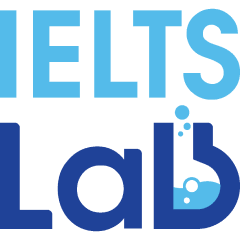
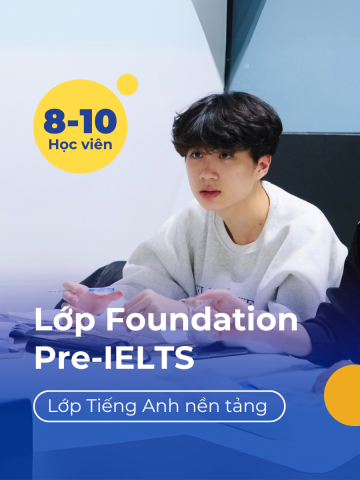
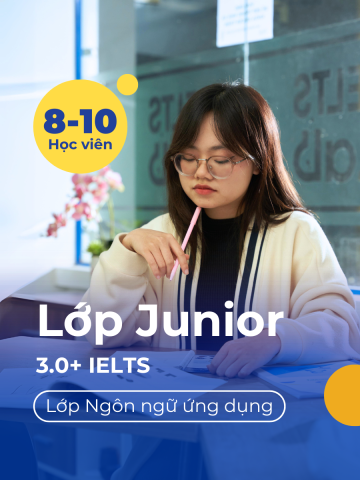
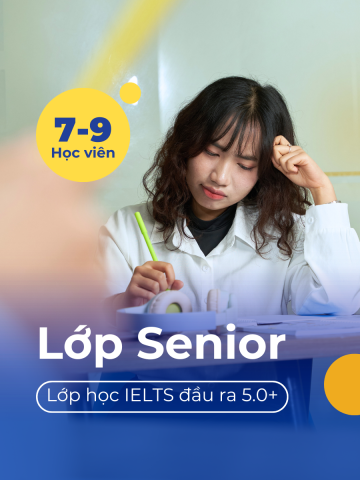
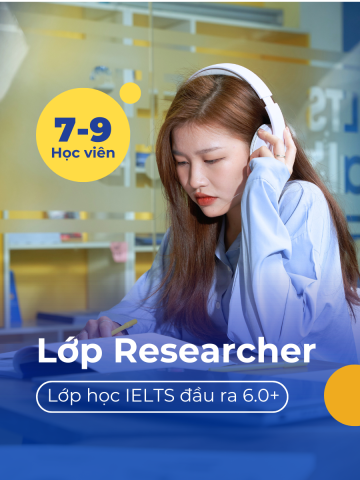
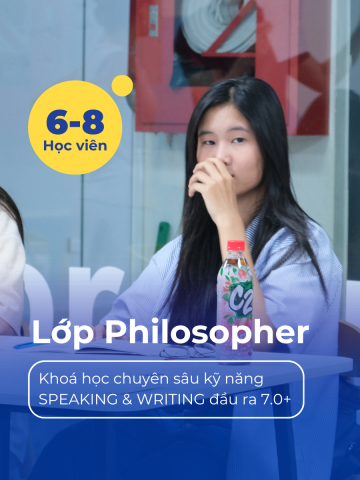




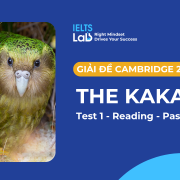
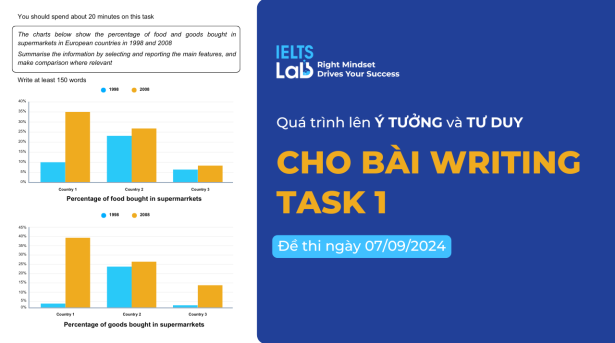
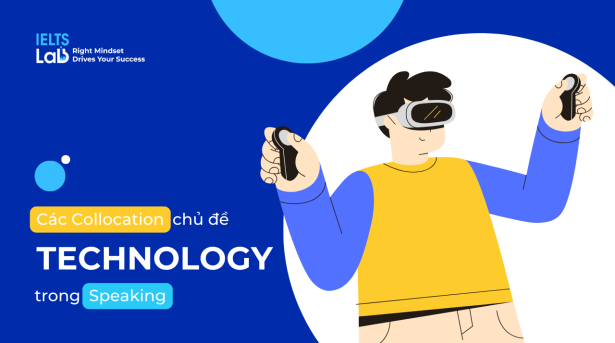


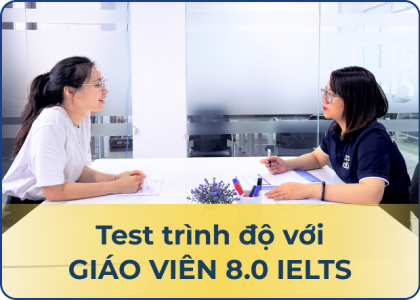


Trả lời